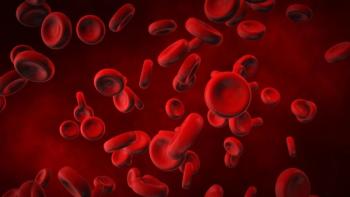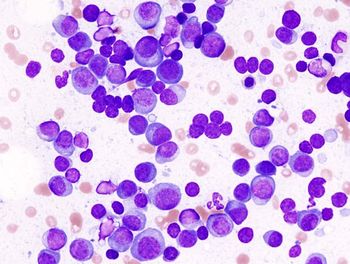
- Oncology Vol 28 No 1S
- Volume 28
- Issue 1S
(P034) Ethnic and Gender Disparities Among Limb Salvage Rates in Pediatric Sarcoma Patients
Racial and ethnic disparities in limb salvage surgery have been reported among adult sarcoma patients. The purpose of this work was to explore treatment patterns by ethnicity and gender in a cohort of pediatric sarcoma patients.
Jeremy S. Somerson, MD, Isaac Kim, Rajiv Rajani, MD; University of Texas Health Science Center at San Antonio
Introduction: Racial and ethnic disparities in limb salvage surgery have been reported among adult sarcoma patients. The purpose of this work was to explore treatment patterns by ethnicity and gender in a cohort of pediatric sarcoma patients.
Methods: A retrospective review was conducted of all consecutive patients under the age of 18 years treated for sarcoma at the study institution with diagnoses from 1999 to 2011 who underwent surgery for limb salvage or amputation. Statistical analysis of patient demographics (age, sex, ethnicity, and body mass index [BMI]) was performed to assess for factors associated with limb salvage surgery.
Results: A total of 51 records were identified as pediatric patients who underwent surgery for extremity sarcoma in the defined study period. Five records were excluded due to inadequate availability of body site or surgery type documentation, leaving a cohort of 46 patients. Histrongic patients were more likely to undergo amputation (26 of 36) compared with non-Histrongics (5 of 10; P = .03). Female patients were more likely to have had limb salvage (8 of 17) than males (7 of 29; P = .04). Logistic regression analysis showed no difference between likelihood of limb salvage and amputation by BMI or age.
Conclusions: Histrongic ethnicity and male gender were predictors of amputation in a cohort of pediatric sarcoma patients undergoing surgical treatment. Further study should be devoted to identifying underlying factors for ethnic and gender discrepancies between treatment groups.
Articles in this issue
Newsletter
Stay up to date on recent advances in the multidisciplinary approach to cancer.

















































































